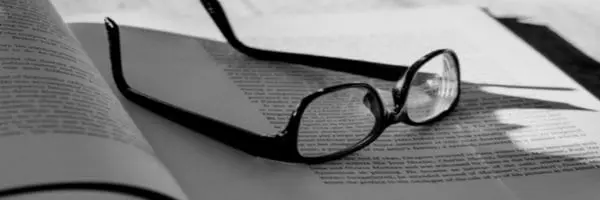After completing your dispensing optician training and landing the perfect job, you’ll be in charge of recommending the right lenses to a client. It is therefore important that you know about the different lens options on the market today.
There was a time when all lenses were made of glass. That is clearly no longer the case, because glass lenses are easily breakable and risk causing damage to the eye. While some vision correcting devices are still made of glass and take advantage of its superior optics, most today aren’t.
These days, dispensing opticians have four main choices:
Why Dispensing Opticians Choose Plastic Lenses
Plastic has been used in eyeglass lenses since the 1940s. The original choice of material was a polymer known as CR-39. Lenses commonly referred to as plastic are still made with this material today. Here are a few of the reasons why they are still popular:
- They are lighter than lenses made of glass
- Great optics
- Affordable
Why Dispensing Opticians Choose High-Index Plastic Lenses
In the mid-1990s, High-Index Plastic Lenses entered the market and became popular among nearsighted people, but also with the general eyeglass-wearing public. There are several reasons why a dispensing optician would recommend this type of eyewear:
- Lighter than CR-39 plastic
- 100% UV protection
- High refractive index, meaning greater bending of light rays with less material/thinner lenses
Why Dispensing Opticians Choose Polycarbonate Lenses
What do graduates of dispensing optician courses and NASA engineers have in common? They both get to work with polycarbonate lenses. This material, originally developed in the 1970s for safety goggles, started being widely used in commercial eyeglasses in the 1980s. It is currently used in astronaut helmets and space shuttle windshields and commercially in sports goggles and children’s eyewear. There are several reasons to recommend them to clients. The main ones are:
- Highly resilience to impact
- High index of refraction
- 100% UV protection
- Available in a great variety of lens designs
Why Dispensing Opticians Choose Trivex Lenses
Trivex lenses haven’t been around for that long. People who received their dispensing optician training in 2001 would have been the first professionals to get a chance to offer them to clients. They were created to be a rival to polycarbonate lenses. Here are some of their key features:
- Highly resilient material
- Very light lenses
- 100% UV protection
- Superior optics
What About Contact Lenses?
While knowing the different material that eyeglass lenses can be made of is important for someone studying to be a dispensing optician, you shouldn’t forget about contact lenses. When it comes to contacts, there are four types:
- Soft: These are made from an oxygen permeable material and therefore can be worn longer. They also cover more of the eye. They are the most popular form of contacts and are also the go-to choice for cosmetic lenses as they can easily offer different colours and designs such as cat eyes.
- RGP: Rigid Glass Permeable lenses are not as flexible as other lenses and cover only the pupil. They take some time to adjust to, but many think they are safer than other options on the market and they do last longer overall.
- Silicone & Hydrogel: The oxygen transmissibility of these lenses is not dependent on water content. They are made from a formula developed completely by accident and are becoming increasingly popular.
- Intraocular: These contact lenses are implanted directly on the eye. Rigid at first, they are becoming softer and more flexible.
Are you ready to learn more about different types of lenses in your dispensing optician training?










